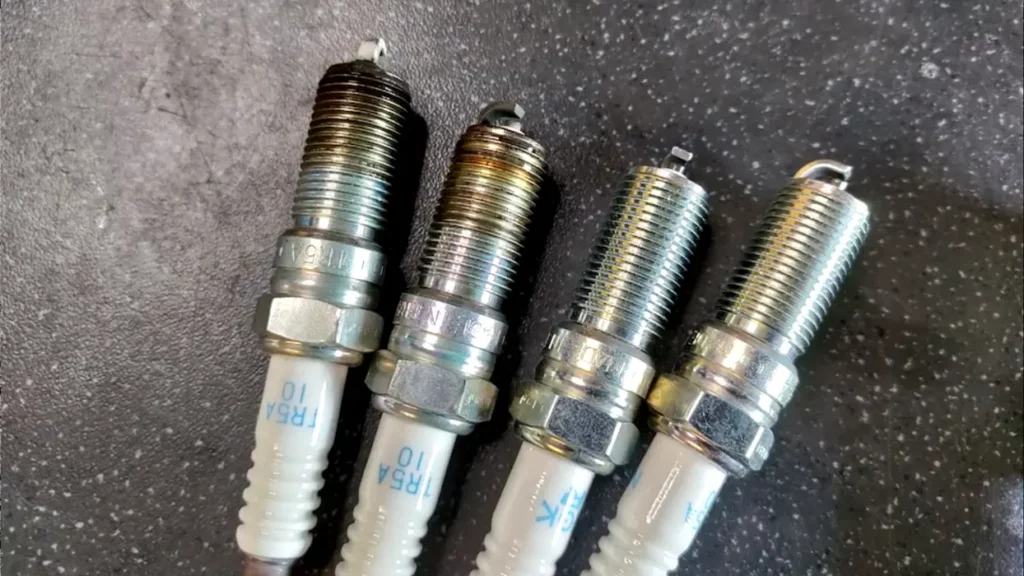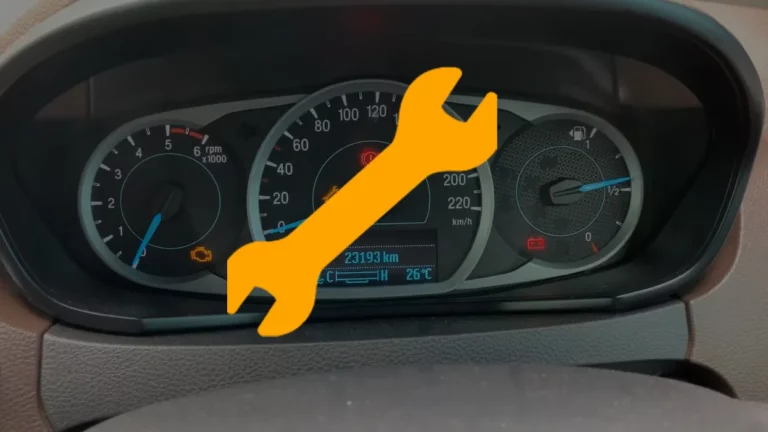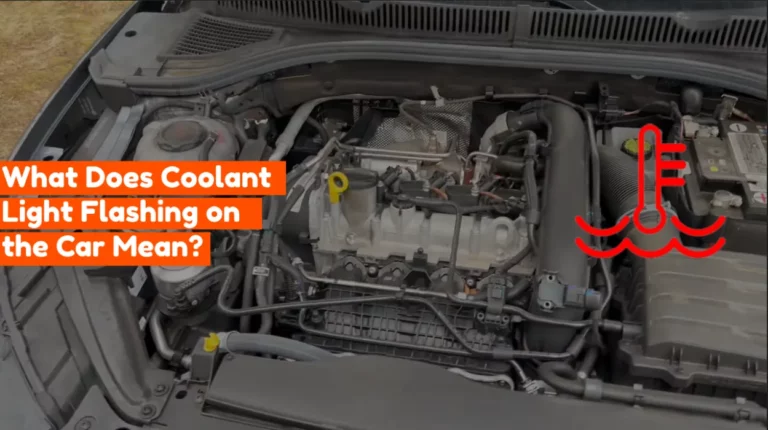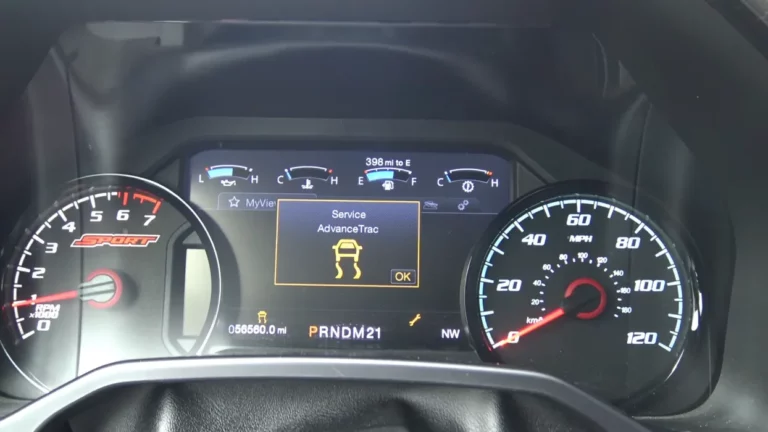Black Soot on Spark Plugs
Black soot or carbon buildup on spark plugs can be a concerning sign of improper engine combustion. Improper combustion brings down the general performance of your car and is best resolved right away.
Here’s how you can tell there might be some soot on the spark plugs without even opening up the engine bonnet.
- Delay in the car springing up to life after keyed in (Misfiring)
- Poor acceleration and hesitation
- Higher fuel consumption less mileage
Let’s learn the causes and solutions of black soot on spark plugs. We’re also going to discuss how to clean up the spark plugs yourself.

Causes of Black Soot on Spark Plugs
Black soot can form on spark plugs when there is a lack of oxygen in the fuel chamber of the engine. Here are some other causes for which you may find a formation of black soot on your car’s spark plugs:
Air-Fuel Mixture Ratio
Your car needs air and fuel in the ratio of 14.7:1 in order to complete the engine’s combustion processes. This means, to burn 1 kg of fuel, 14.7 kg of air is needed.
Problems with the carburetor, fuel injectors, or engine sensors may lead to a deficiency of air in these important fuel lines, and therefore cause incomplete combustion that eventually leads to black soot forming on the spark plugs.
Faulty Ignition and Spark Plugs
Spark plugs in the ignition system are responsible for providing energy to the fuel-air mixture that starts off the initial explosion and turns on the engine’s power.
Weak or misfiring spark plugs do not fully ignite the fuel mixture. If the spark plugs do not reach the optimal heat range for your engine, they will not be able to burn off the carbon deposits.
As such, at low heat levels, the air-fuel mixture will burn incompletely and produce black soot on the spark plugs as a by-product.
Faulty Engine Components
Prolonged exposure to rich fuel-air mixtures and incomplete combustion may lead to carbon build-up inside internal engine components like valves, rings, or cylinder walls that are already worn down by long years of operation cycles.
This rich air-fuel mixture doesn’t burn well and leaves out a lot of soot.
Restricted Air/Fuel Filter
Restricted airflow to the engine causes incomplete combustion in the engine, and such problems with the air/fuel filter in your engine might cause black soot to form.
When the air or fuel filter is dirty, impurities like dust and debris enter the combustion chamber, damage the fuel injectors and thereby reduce the longevity of your car’s engine.
You will see the longevity of your engine reduced through visible signs such as the black soot on spark plugs.
Related Post: Cylinder 2 Misfire After Spark Plug Change –[Causes & Fixes]
Step by Step Solution on How to Remove Soot from Spark Plugs
You can clean out the spark plugs on your own at home if you have some experience in this. You will only need a spark plug socket, a ratchet/wrench, a wire brush, and a spark plug gauge.
Make sure the engine has cooled down before you get your hands on it.
Step 1: Removal of Spark Plugs
Disconnect the cable of the spark plug or coil packs that are attached to each spark plug.
Use the spark plug socket, take the wrench, and carefully remove each spark plug one at a time. Keep track of the order in which the spark plug goes into each nook and order so that you can assemble it back together.
Step 2: Check Spark Plugs for Soot
Examine each spark plug for the presence of black soot or carbon deposits.
If you see that the spark plugs are densely coated with carbon or black powder, they need to be quickly inspected. Depending on the level of damage, you can either clean the spark plugs or replace them.
Step 3: Measure the Spark Plug Gap
Check whether there is enough gap between electrodes by using a spark gap plug. To verify this, consult your vehicle’s user manual for the proper gap measurement. Also,
Adjust the spark plug gap to fit the manufacturers’ measurements using the spark plug gap tool.
Step 4: Reinstallation of Spark Plugs
After you have cleaned the spark plugs, and fixed the gap between them, you need to carefully thread each of the shining and clean spark plugs into place. And then use a spark plug socket and wrench to tighten them snugly into place.
Step 5: Reconnect Spark Plugs in Order
If you have disconnected the spark plug wires or coil packs, put them back into place in the correct order.
Related Post: Will Oil On Spark Plugs Cause Car Not To Start? (Unveiling The Culprit)
Frequently Asked Questions [FAQs]
How do I need to clean or replace spark plugs due to problems of soot formation?
Spark plugs can be changed after the car has travelled every 20, 000 to 30, 000 miles.
How to safely and properly clean a spark plug?
Clean a spark plug by using a wire brush, or a spray-on cleaner that is specifically designed for the ignition. You can also DIY, and use a knife to remove the tough carbon deposits.
What other reasons besides air-fuel mixture can cause sooty spark plugs?
Well, the quality of fuel determines how cleanly and completely it will burn.
Conclusion
Clogged or dirty spark plugs will decrease mileage and fuel efficiency, so one way to reduce the amount of money you use on fuel is by increasing your car’s fuel efficiency.
The spark plugs are a key indicator of fuel efficiency, so if there is something like an accumulation of black soot on spark plugs, it should be inspected and promptly handled by a well-seasoned and certified mechanic.





